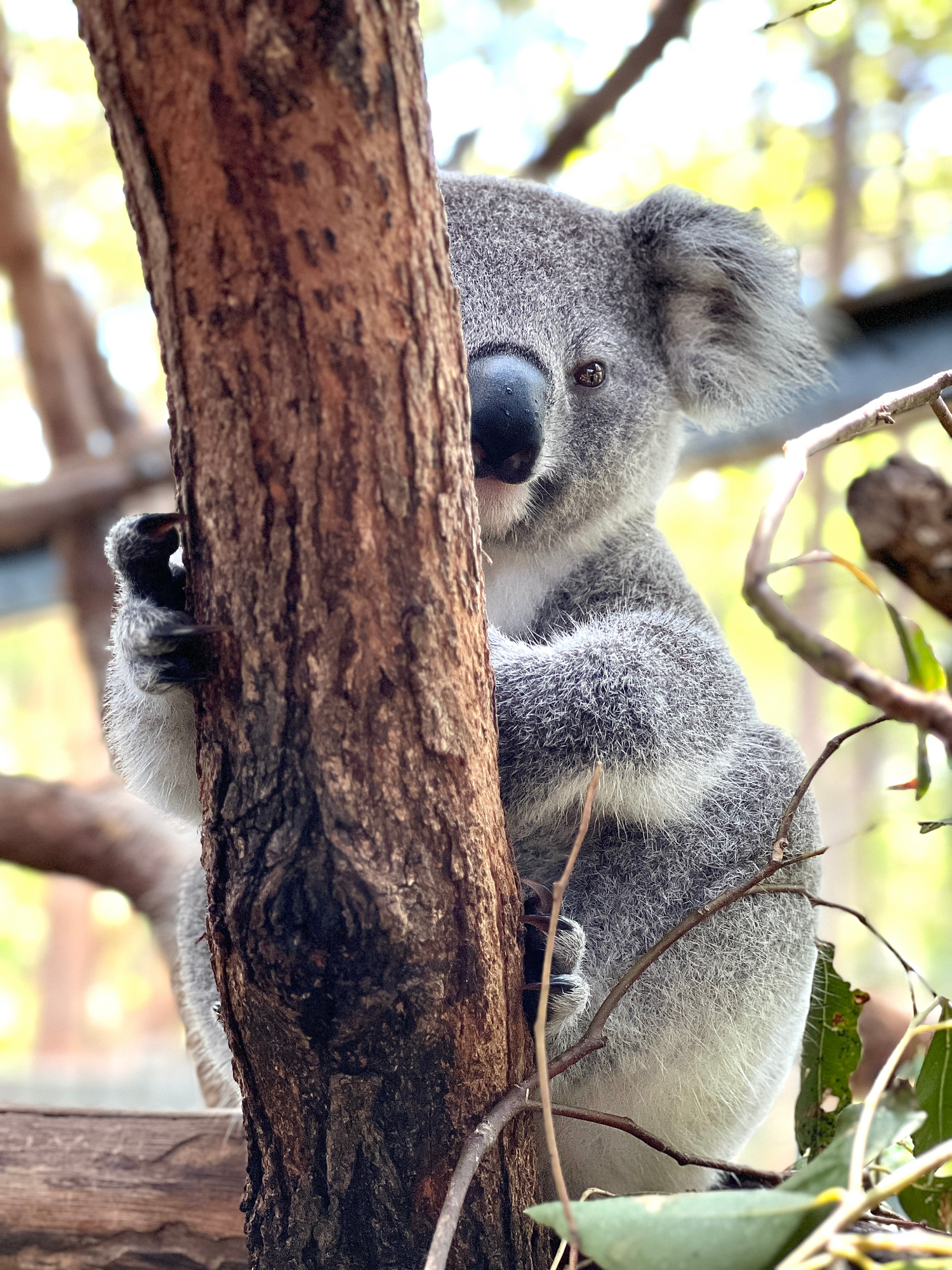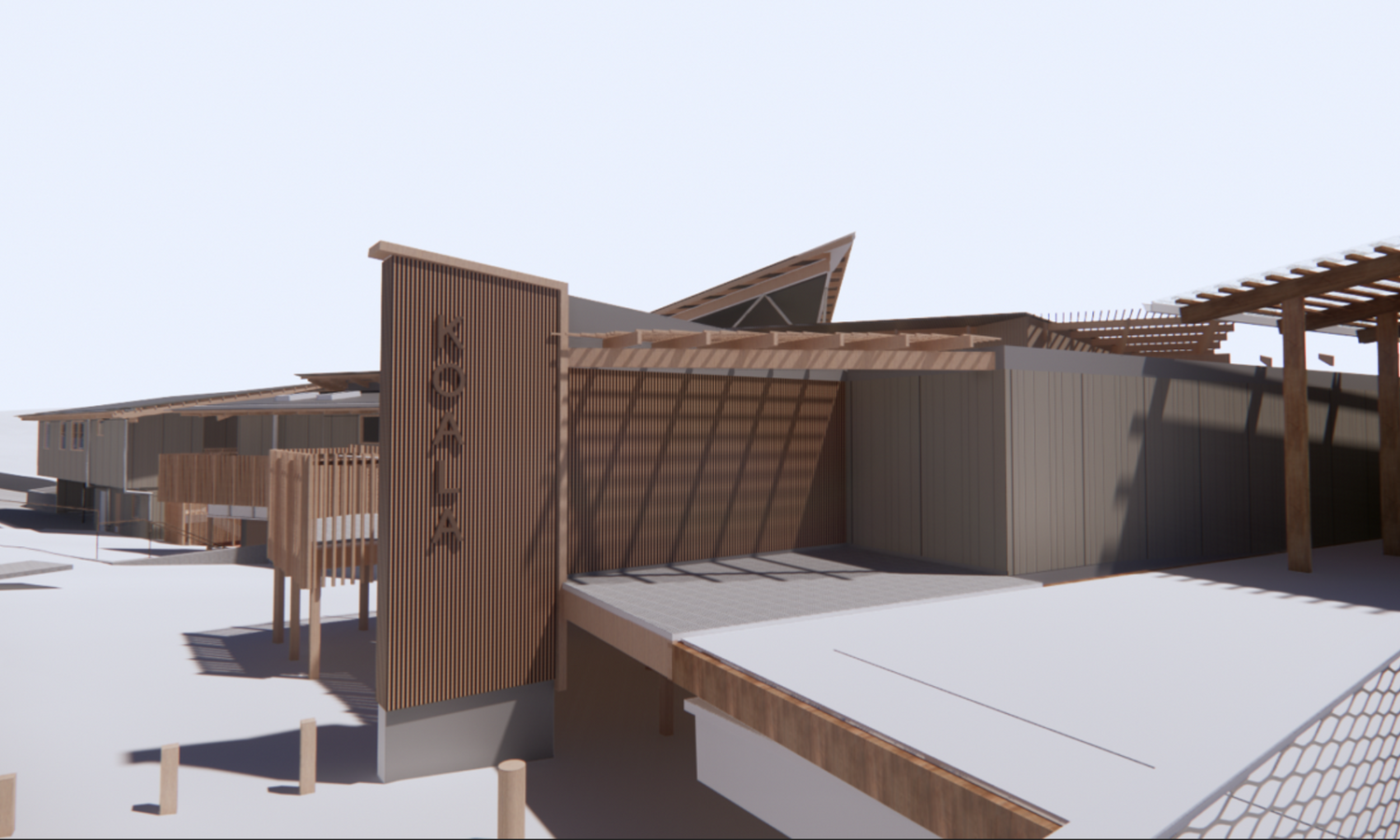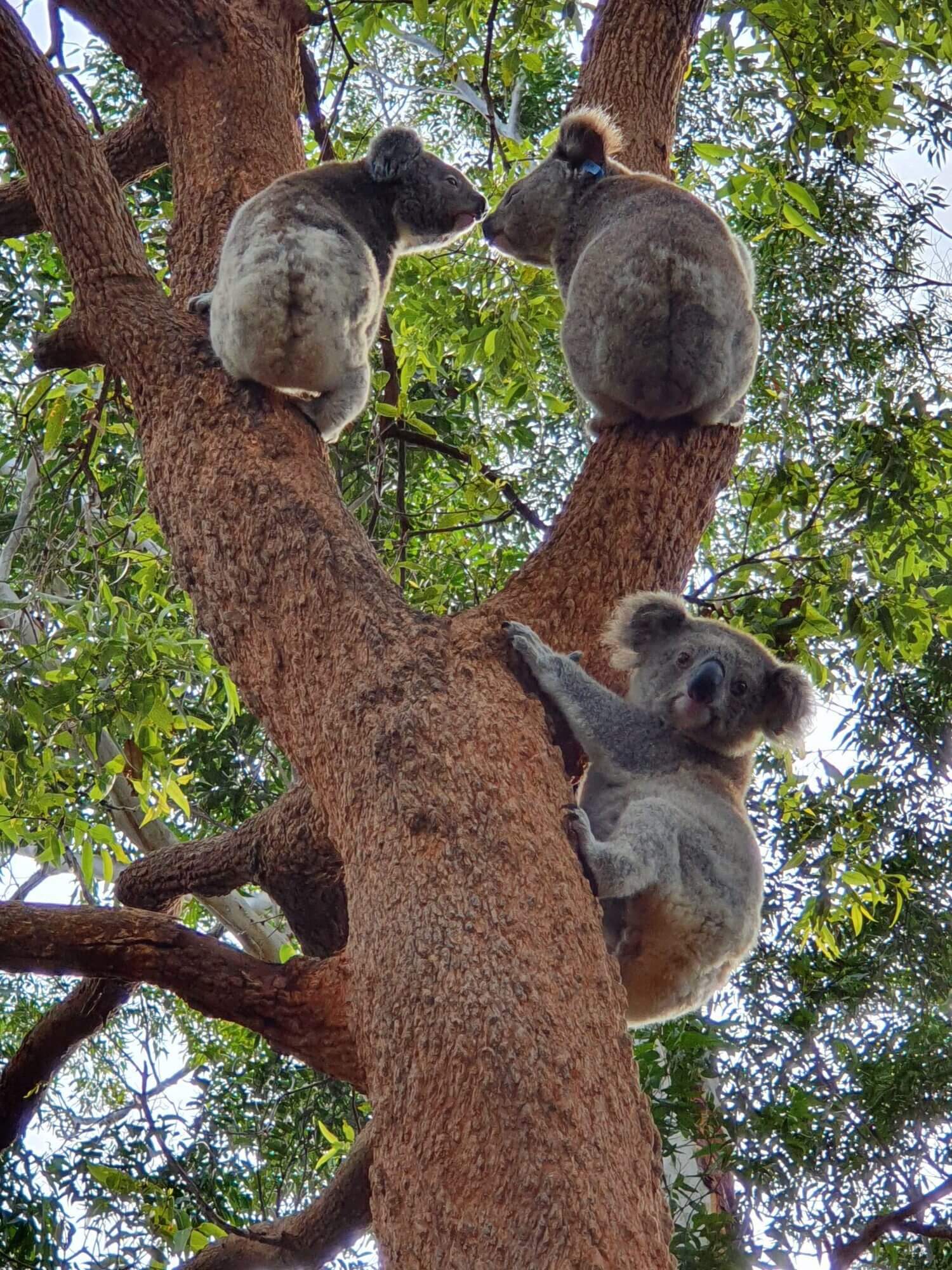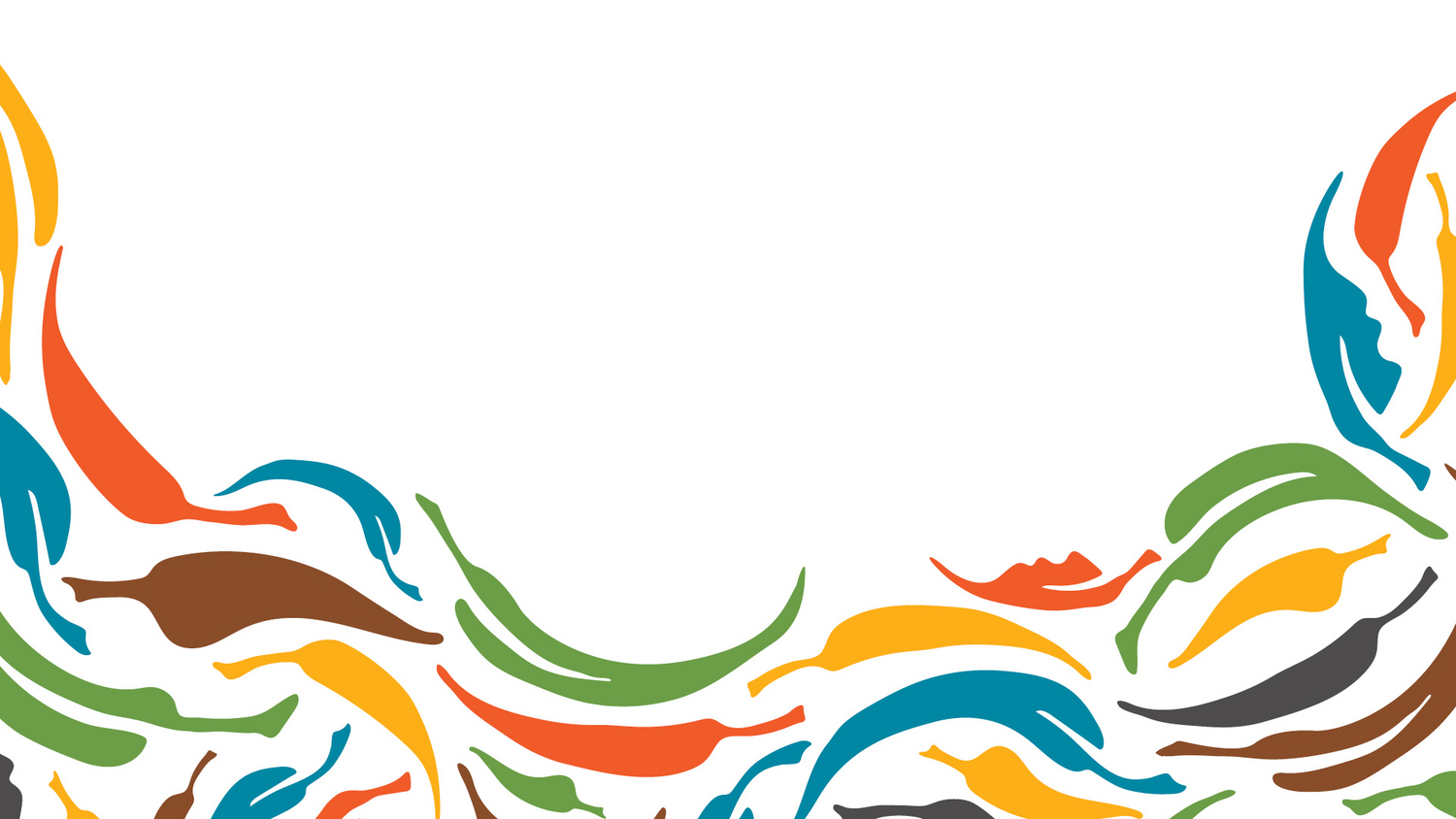
Introducing Guulabaa (Place of Koala)
Generous donations to our Port Macquarie Koala Hospital following the bushfires helped us realise our goal of building a Wild Koala Breeding facility in Cowarra State Forest near Port Macquarie. We named it ‘Guulabaa’ (pronounced Goo-lah-bah), which means ‘Place of the Koala’ (Gathang language). The Port Macquarie region has one of Australia’s most significant Koala populations, and one which was devastated by the recent fires.
We have partnered with Bunya Land Council, Forestry Corporation of NSW, and Wildnets Adventure Park to make Guulabaa a fantastic and welcoming place for the public to visit, learn and play. Wildnets and the Big Koala Sculpture are now open, and the main KCA complex is due to open later in 2024. It will house visitor-friendly Koala viewing platforms, interactive and educational exhibits and a shop. The breeding facility will include a state-of-the-art Koala clinic, and a laboratory for testing & scientific research. Koala breeding will be conducted on-site but away from the general public, in forested yards which limit human interaction and ease the re-wilding process.

‘Guulabaa’ (pronounced ‘Goo-lah-bah’), meaning ‘place of koala’
Guulabaa is just off the highway near the Port Macquarie interchange. It’s already a popular place with visitors, with Wildnets Adventure Park and the Big Koala Sculpture opening in 2022. The main breeding facility and visitor complex is due to open in late 2024 and will also be open to the public.

At Guulabaa
- Observe koalas from the viewing decks,
- Immerse yourself in the interactive, educational koala experience and learn about this important koala conservation project,
- View koala care in action in the new koala clinic,
- Watch and learn as we prepare koala feed,
- Browse the locally and sustainably sourced gift shop,
- Indulge in something yummy at the cafe,
- Stretch your legs along peaceful, forested pathways,
- Bounce through the treetops at Wildnets,
- Grab the all-important ‘Big Thing’ selfie with the Big Koala!
